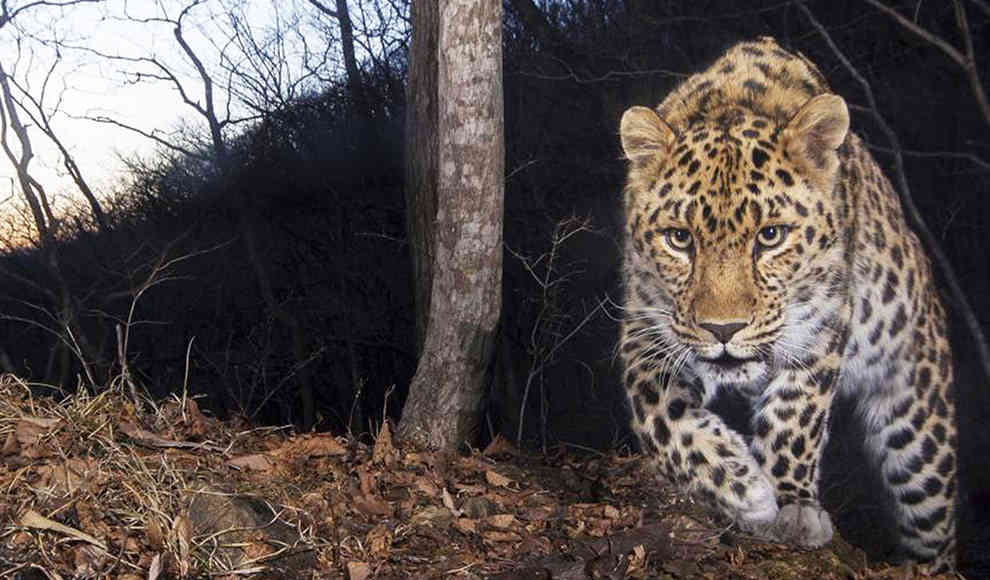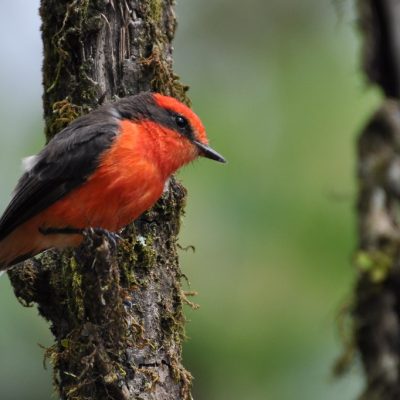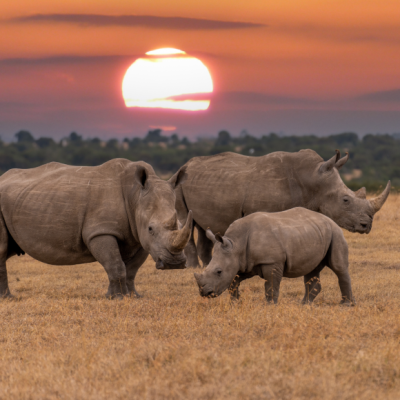The Amur leopard, a subspecies of leopard, has been on the brink of extinction for decades. However, recent research has shown a significant improvement in their population. With only 84 individuals counted, this number may seem small, but it represents a huge increase from the last count of 30 individuals about ten years ago. The Amur leopard is the rarest subspecies of leopard, and their survival is crucial to maintaining the biodiversity of the region.
An international team of zoologists from Russia, China, and the United States used camera traps to count the Amur leopard population. The camera traps allowed the researchers to identify individual leopards based on their unique spot patterns, avoiding double-counting. The photos also revealed that about one-third of the Amur leopards were observed on both sides of the Russian-Chinese border, indicating a process of colonization. The researchers believe that the Russian part of the distribution area has reached its maximum population density, and the leopards are now searching for new territories, leading them back to China.
The Amur leopard’s thick fur allows them to survive in the harsh cold climate of their habitat, which is located between Russia, China, and North Korea. The population increase is a positive sign, but the subspecies is still critically endangered. The researchers hope that their findings will raise awareness of the importance of conservation efforts to protect the Amur leopard and other endangered species. As the world’s biodiversity continues to decline, it is crucial to take action to preserve the natural world for future generations.










